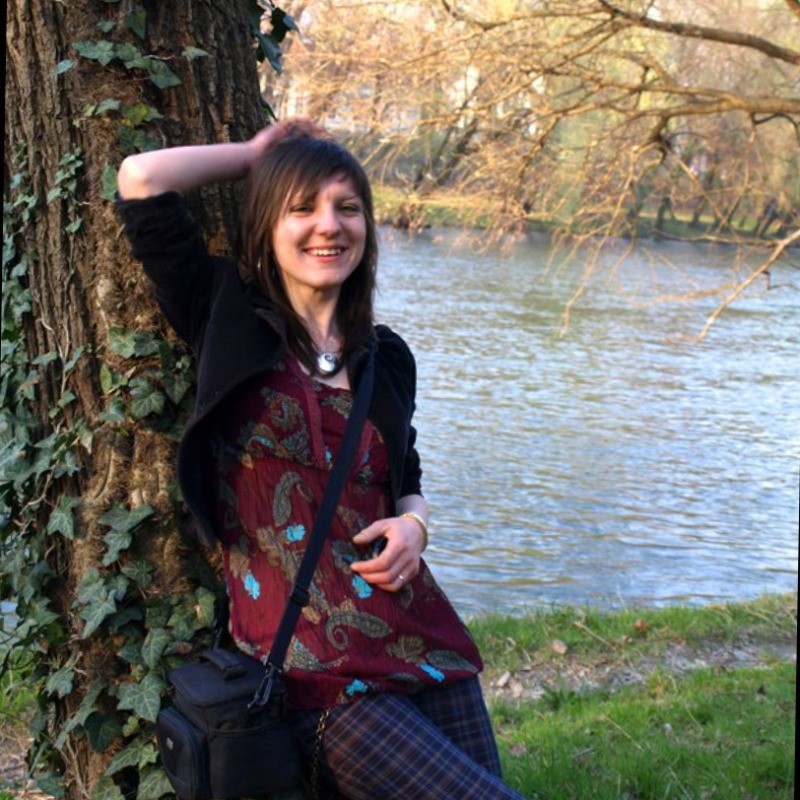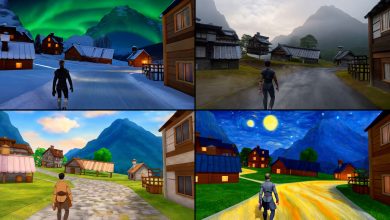Turn 47. XCOM 2. My sniper’s been sitting on the same rooftop for six turns because it’s the only elevated position on the entire map and I’ll be damned if I’m giving up this high ground. She’s killed fourteen aliens from this spot. The building’s taken so much damage it’s basically held together by prayer and one mysteriously indestructible corner pillar. Then a Muton with a grenade launcher shows up. One grenade. The entire building pancakes. My sniper falls three stories, takes fall damage, panics, shoots my own ranger in the back, who also panics and throws a grenade at my medic.
The Muton didn’t kill anyone. The MAP killed everyone. That building collapse started a chain reaction that wiped my entire squad. Not the aliens. Not bad tactics. A building that decided structural integrity was optional.
This is tactical gaming in 2025. The map isn’t just where fights happen—it IS the fight. That hill you’re defending? It’s plotting against you. That bridge you need to cross? It’s already picked a side (not yours). That perfect defensive position? It’s about to become a crater because Kevin (there’s always a Kevin) forgot that rockets and load-bearing walls don’t mix.
Elevation: The Silent Squad Member Who Hates You
Total War: Warhammer 3. Defending a minor settlement as Cathay. I’ve got gunpowder units on the walls, perfect firing lines, absolutely demolishing the Chaos Warriors climbing up. Feeling like Sun Tzu himself. Then one unit of flying cavalry swoops behind us. Not even elite units—basic flying ponies that cost 400 gold.
They land on a tiny hill behind my gunners. A hill. Not a mountain. Not a cliff. A bump in the terrain that’s maybe six feet high in game-scale. Suddenly my gunners can’t shoot them. “Obstructed by terrain.” THEY’RE LITERALLY RIGHT BEHIND YOU. But no, that six-foot bump might as well be Mount Everest. The gunners refuse to turn around and shoot down. The flying ponies massacre my entire backline while my units spin in circles trying to find a line of sight that doesn’t exist.
Lost the entire settlement to geometry. Not strategy. Geometry.
Company of Heroes and the Church That Wouldn’t Die
Langres, Company of Heroes 2. There’s a church in the middle. Every match, same church. Looks innocent. Stone building, nice windows, probably has lovely acoustics. It’s actually Satan’s vacation home.
First time playing, I garrison a squad inside. Perfect cover, great firing position. Enemy shows up with a flamethrower. No problem, I’ll just exit through the back door. There is no back door. The church has ONE exit. My entire squad burns alive while desperately trying to squeeze through the same doorway like it’s Black Friday at Walmart. Six men enter. Zero men leave. The church keeps the bodies.
Next match, I learn. Don’t garrison the church. Destroy it instead. Bring a tank, start shooting. Twenty shots later, church is still standing. Looks exactly the same. Windows are gone but walls are immortal. Call in artillery. Direct hit. Church doesn’t care. Church has seen empires rise and fall. Church is eternal.
Meanwhile, the wooden fence next to it? One stray bullet and it evaporates. The cart beside it? Destroyed by a sneeze. But the church? The church endures. Teams have won and lost wars based entirely on who controls the Undying Church of Langres.
When Destruction Becomes Comedy
Red Faction Guerrilla taught us buildings could fall apart. Battlefield Bad Company 2 said “what if everything breaks?” But tactical games took it personally. Now every wall is temporary, every roof is optional, and every piece of cover exists only until someone looks at it wrong.
Phoenix Point has destructible everything. EVERYTHING. Shot at an alien behind a concrete pillar? Pillar’s gone, but so is the floor under it, and now there’s a hole to the level below. My heavy gunner fell through. He’s fighting different aliens now. We’re having two separate battles on different floors because someone got trigger-happy with explosive rounds.
The best part? The AI knows. They’ll shoot out the floor under your sniper. They’ll destroy the ladder you need to escape. Watched an enemy grenade launcher systematically delete every piece of cover between us, then just stand there. Menacingly. Like “what now, flesh boy? Where’s your waist-high wall now?”
Door Wars: The Meta Nobody Asked For
Rainbow Six Siege made doors protagonist material, but tactical games made them the villain. Every door in Doorkickers 2 is a decision that could end your run. Breach? Might be a shotgun aimed at it. Open normally? Probably trapped. Blow it up? Now they know you’re coming. The door has more impact on mission success than your actual loadout.
XCOM 2 doors are quantum. They’re both opened and closed until observed. Your soldier will stand next to one for full cover. Next turn, alien walks through it like it doesn’t exist. But when YOU try to walk through? “Movement blocked.” The door exists only to hurt you specifically.
Desperados 3 turned doors into comedy. Close a door to block line of sight. Enemy opens it, sees bodies, immediately alerts everyone. But here’s the thing—they keep opening that same door. Close it again, they open it again, see the same bodies, panic again. You can trap guards in an infinite loop of opening doors and having heart attacks. The door becomes a psychological weapon.
The Bridge Incident That Broke Me
Total War: Rome 2. Defending a bridge with three units of spearmen against an entire army. This is it. This is my Thermopylae. My 300. The bridge is narrow, they can only come at me three units wide. I’m going to hold this position until—
Cavalry just walks through the river next to the bridge. Not around it. THROUGH it. The water’s apparently six inches deep. My entire strategy assumed the bridge meant something. The bridge was decorative. Three hours of tactical planning undone because nobody mentioned the river was actually a puddle.
But when I try to cross that same river? “UNITS WILL DROWN.” The river has chosen violence, but only for me.
Snow Maps: Where Movement Goes to Die
Any tactical game with snow maps is actually two games: the game, and fighting the snow. Wasteland 3 makes you spend action points to move through deep snow. Sounds reasonable until you realize the enemy doesn’t care. They’re ice-skating around while you’re trudging through molasses.
Battle Brothers winter maps add a fatigue penalty for everything. Moving? Fatigue. Fighting? Extra fatigue. Existing? Believe it or not, fatigue. Your knights in full armor collapse from exhaustion after walking ten feet. Meanwhile, some bandit in a loincloth is sprinting through blizzards like it’s a mild spring day.
The ultimate betrayal? Realistic games love to add footprints in snow that give away your position. Ghost Recon does this. Sneaking for twenty minutes, perfect stealth, then realized you’ve left a GPS trail directly to your hiding spot. The snow remembers. The snow always remembers.
Why We Love the Pain
Here’s the truth: perfect flat maps with no elevation, no destruction, no weather? Boring. Chess is perfect tactical equality and we invented computers to play it for us because we got bored. We want the map to matter. We want that “oh shit” moment when we realize we’ve put our sniper on a building that’s one grenade away from becoming modern art.
The map being unfair makes victory sweeter. Beating the enemy AND the terrain feels like conquering nature itself. That time you won despite the bridge betraying you, the church being immortal, and the snow actively trying to kill your soldiers? That’s a story. That’s what you remember.
Every tactical gamer has that one map that hurt them. That one piece of terrain that cost them everything. We load into these maps knowing they’re going to make us suffer, and we do it anyway. Because somewhere, deep down, we know the map is the real final boss.
And we’re going to beat it or die trying. Probably die. Almost certainly die. But maybe, just maybe, this time the church will actually break.




